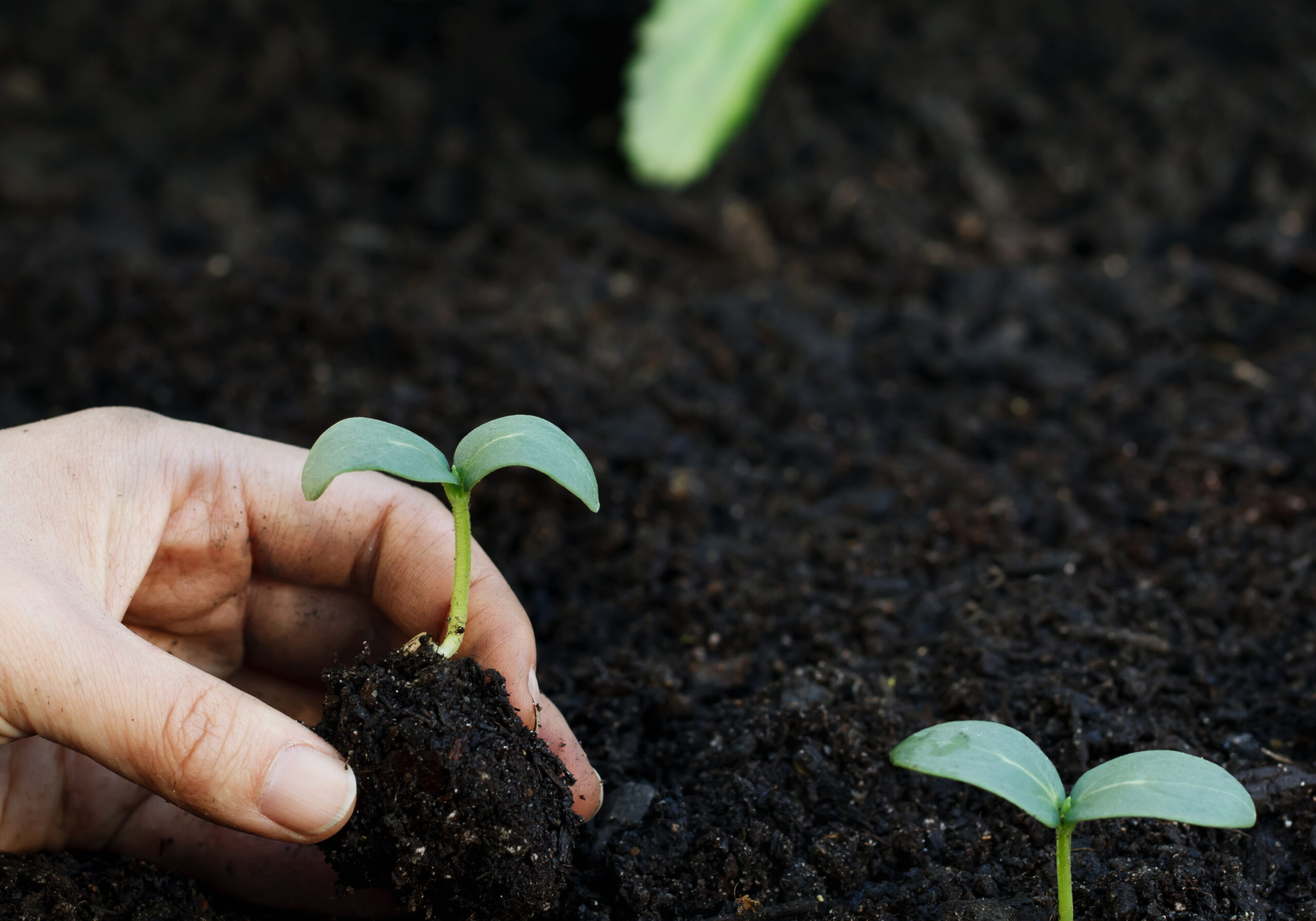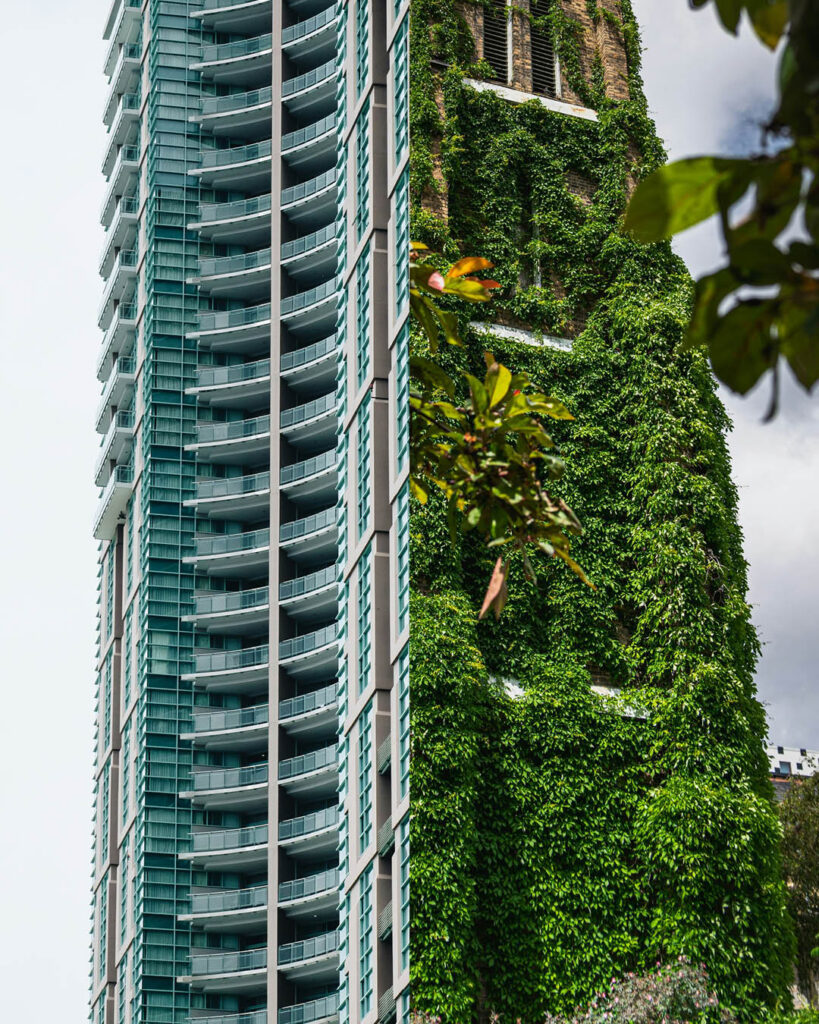
In the modern city, we have learned to live apart from nature. We move between buildings, commute through traffic, and navigate digital landscapes that leave little space for soil or trees. In this rapidly urbanising world, however, the cost of disconnection is becoming increasingly clear. Nature is not a background element in human life. It is a biological necessity.
Today, a growing body of scientific research confirms something many of us have felt instinctively: that reconnecting with nature is essential for our physical, mental, and emotional health [1]. Urban greenery—parks, trees, green roofs, gardens, wild corridors—has a direct and measurable impact on the wellbeing of those who live among it. And as cities continue to expand, embracing this truth is no longer optional. It’s urgent.
Nature as Preventive Care
The effects of nature on the human body are both immediate and long-term. A walk through a park can lower your heart rate, calm your nervous system, and reduce your blood pressure more effectively than walking on a busy city street. Exposure to greenery improves the quality of your sleep. It helps regulate hormonal cycles and boosts cardiovascular performance. Nature works quickly—and it works holistically.
Studies have shown that regular exposure to green environments lowers the risk of many chronic diseases. Spending time in natural surroundings has been linked to a 43% reduction in type 2 diabetes, a 40% decrease in obesity, and a 38% lower risk of asthma. It also reduces the likelihood of cardiovascular disease by 37%, allergies by 76%, and even lymphoblastic leukaemia by 43% [2].

Importantly, these benefits don’t require wilderness. The most modest interventions—trees along a pavement, a patch of wild grass, a community garden—can help protect bodies and minds from the wear and tear of city life.
The Mirror of Nature in the Human Body
The connection between people and nature is not symbolic—it is anatomical. The designs we see in trees, rivers, and root systems are also found within our own biology. The delicate branching of blood vessels beneath the skin mirrors the venation of leaves. The protective bark of a tree finds its likeness in the layers of human skin. The roots that reach deep into the earth reflect the way our neurons stretch and connect across the architecture of the brain.
Even our lungs expand and divide like the limbs of a tree, designed to maximise surface area for the exchange of air. Inhaling beneath a canopy of trees is more than a peaceful experience. It is a quiet act of physiological recognition. We are made of the same logic as forests—interconnected, adaptive, and alive.
This structural similarity is more than poetic. It is a biological reminder that we are part of nature, not separate from it. When we damage the systems around us, we compromise the systems within us. And when we create environments that nourish nature, we create environments that heal people.
Physical Activity and Urban Design
The modern city has made movement difficult. Heavy traffic, poor air quality, crowded streets, and a lack of inviting public spaces all contribute to an epidemic of physical inactivity—one of the leading causes of death worldwide [3]. But urban greenery has the power to shift this trajectory.
People with access to parks, trails, or tree-lined streets are far more likely to move their bodies. In fact, the presence of green spaces has been shown to triple the chances of meeting daily physical activity goals [4]. But this isn’t only about steps or exercise routines. It’s about designing cities where the healthier choice is also the easier, more enjoyable one.
When people move through green areas, they report higher levels of motivation and lower levels of stress. Physical activity in nature leads to improvements in cardiovascular health and mental resilience. It helps regulate mood, reduces anxiety, and creates a deeper sense of vitality and joy [5].
In green spaces, people don’t just move more—they feel better doing it.
Cooling the Concrete
As cities continue to densify, they become not only more crowded but also more dangerous. The phenomenon known as the Urban Heat Island (UHI) effect—where urban areas become significantly hotter than their rural surroundings—is now a major risk to human health. Cities can be up to eight degrees Celsius warmer than the landscapes they replaced.
Greenery is one of the most effective tools for mitigating this risk. Parks, green roofs, and tree canopy cover don’t just beautify cities—they actively cool them. Parks can reduce peak city temperatures by up to nine degrees Celsius. Green roofs can lower surface temperatures by as much as seventeen degrees [6].
The impact on public health is enormous. A study published in The Lancet found that increasing urban tree canopy coverage to 30% in European cities could prevent approximately one-third of premature deaths caused by extreme urban heat, equating to around 2,644 avoidable deaths annually. Enhancing tree cover by this amount could also lower urban temperatures by an average of 0.4°C, effectively mitigating the urban heat island effect [7].
Clean Air and Quiet Minds
Trees do more than provide shade. They clean the air. In urban environments, where respiratory illnesses are often fuelled by pollution from cars and industry, trees act as living filtration systems. They remove pollutants, absorb carbon, and refresh the oxygen we depend on.
In the United States, urban forests remove approximately 45 million tons of CO₂ annually—the equivalent of emissions from nearly 10 million cars [8]. These same forests also absorb fine particulate matter, lowering concentrations of harmful pollutants and improving overall air quality .
The presence of trees and plants also reduces noise pollution, dampens the intensity of crowds, and helps calm the overstimulation of city living. A walk through greenery can reduce cortisol levels—the hormone linked to chronic stress—and support long-term mental clarity [9]. When we speak of green infrastructure, we are speaking of an antidote to the psychological pressure of modern life.
Sunlight and Vitamin D Deficiency
As urbanisation increases, another problem has quietly reached global scale: Vitamin D deficiency. More than one billion people worldwide lack sufficient levels of this essential nutrient, and the design of cities is partly to blame [10].
High-rise buildings block natural light. Pollution reduces UV exposure. Long working hours indoors and screen-based leisure further limit access to daylight. On average, people now spend 90% of their lives indoors [11].

Vitamin D is essential for calcium absorption, bone strength, immune defence, and mood regulation. Without it, we become more vulnerable to illness, depression, and chronic fatigue. But one of the simplest ways to correct this deficiency is through daily contact with green space. Activities like walking, gardening, or sitting in a sunlit park not only increase Vitamin D levels—they reconnect us with the biological rhythms we were built to follow.
This is why access to green space isn’t just about relaxation—it’s about giving our bodies what they biologically require.
Green Space as Infrastructure
Urban greenery is not a lifestyle choice. It is not a design trend. It is infrastructure.
The evidence is overwhelming: green spaces reduce chronic disease, prevent deaths, improve mental health, and support physical activity. They regulate heat, clean the air, and enhance immune function. They protect us from the impacts of climate change and help us rebuild our relationship with the living world.
As we plan the future of cities, green infrastructure must be treated with the same seriousness as roads, schools, and hospitals. Because the body needs nature in the same way it needs shelter, water, and sleep.
And so do our minds.
In the end, life truly is better with a little more green—not just because it’s beautiful, but because it is necessary. Necessary for our health, for our cities, and for our shared future.
Sources
- WHO Regional Office for Europe, Urban Green Spaces and Health, 2016
- One Health Research Centre, Biodiverse Urban Environments for Healthy Living, 2023
- Gerald F. Fletcher., et al., Promoting Physical Activity and Exercise: JACC Health Promotion Series, 2018
- Pretty et al., Green exercise: The benefits of activities in green places, 2006
- Barton & Pretty, What is the Best Dose of Nature and Green Exercise for Improving Mental Health?, 2010
- Prashant Kumar., et al., Urban heat mitigation by green and blue infrastructure: Drivers, effectiveness, and future needs, 2024
- Tamara Iungman., et al., Cooling cities through urban green infrastructure: a health impact assessment of European cities, 2023
- Yale Climate Connections, The little-known physical and mental health benefits of urban trees, 2023
- Jenny J Roe, et al., Green Space and Stress: Evidence from Cortisol Measures in Deprived Urban Communities, 2013
- Holick, M.F., The Vitamin D Deficiency Pandemic: Approaches for Diagnosis, Treatment and Prevention, 2017
- Klepeis, N.E., et al., The National Human Activity Pattern Survey (HAPS)
Urban Nature as a Foundation for Human Wellbeing
Why Life Is Better with a Little More Green? As cities grow denser and hotter, science points to one clear remedy: green space. Here’s what science says about how greenery sustains our bodies and cities.
Green infrastructure strengthens public health, stabilises climate, and reconnects us with the natural systems our bodies depend on. In the decades ahead, the presence—or absence—of urban nature will determine how our cities, and their citizens, live.